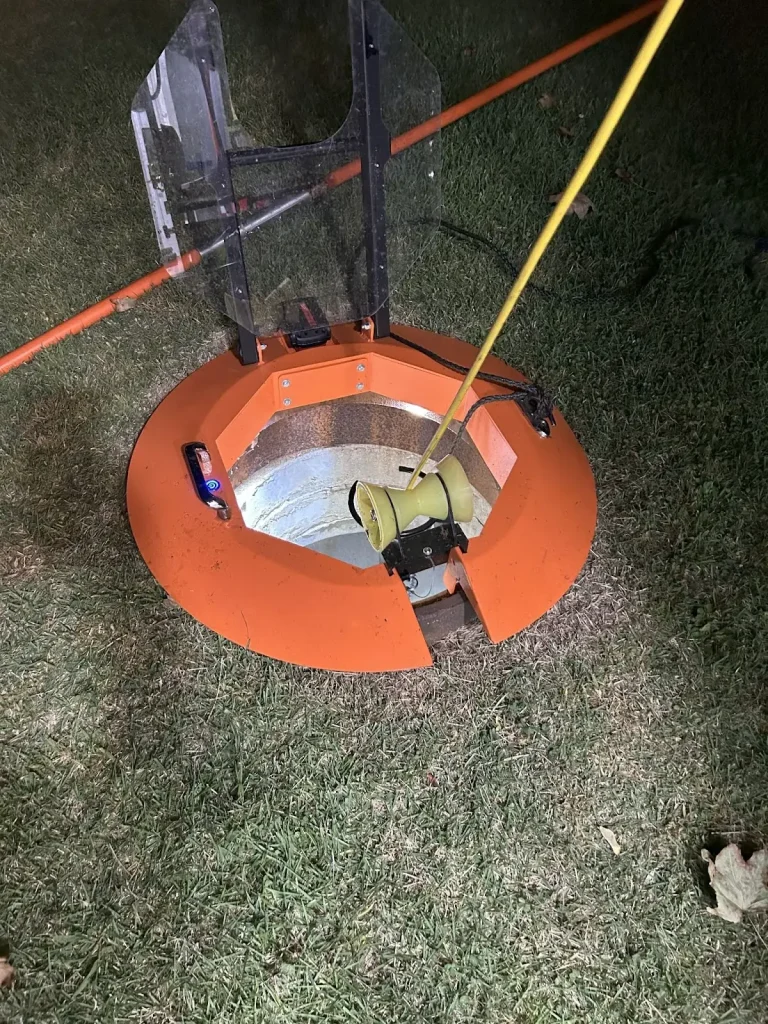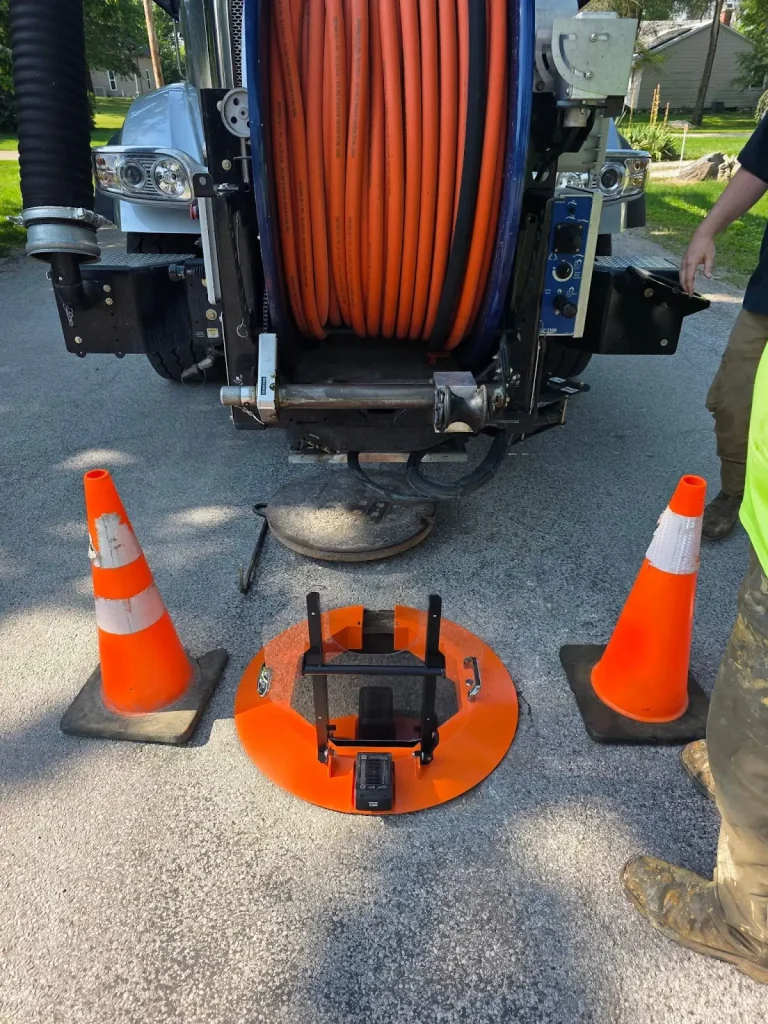
Manholes are essential access points for utilities, telecommunications, sewer maintenance, and municipal services—but they’re also one of the most hazardous places crews work. Safety is not just best practice; it’s central to risk mitigation, liability management, and protecting lives.
The right manhole safety equipment—barriers, monitors, PPE, and advanced lighting—not only protects workers but also safeguards the public by creating safer, more visible worksites. In this article, we’ll explore key hazards, liability risks, and how modern tools like the Light Ring help reduce risk while boosting efficiency.
Without reliable manhole safety tools, workers face multiple risks:
The public is also at risk. Poorly marked or unsecured manholes endanger pedestrians, cyclists, and vehicles, and missing barriers or signage can expose municipalities and contractors to liability.
The numbers:
Manhole work carries inherent liability. Worker injuries or fatalities trigger lawsuits, OSHA fines, higher insurance premiums, and reputational damage.
One of the strongest defenses? Demonstrating a duty of care. That means:
When organizations invest in equipment like the Light Ring, they not only protect workers but also reduce financial and legal exposure.
Safer manhole operations require a combination of procedures, PPE, and equipment. Best practices include:
Reliable manhole safety equipment reinforces each of these measures, reducing risks while boosting compliance.

The Light Ring Illuminated Manhole Protection System combines multiple layers of protection into one tool:
| Safety Aspect | How Light Ring Helps |
| Improved Visibility | 6,000-lumen LED ring illuminates edges, ladders, and tools clearly. |
| Hands-Free Lighting | Frees up both hands, improves ergonomics, reduces fatigue. |
| Rugged Durability | All-aluminum, weather-resistant build for dependable field use. |
| Uniform Illumination | Eliminates shadows, reduces blind spots, improves accuracy. |
| Portability | Lightweight, quick to deploy, easy to move between sites. |
| Productivity | Faster setup reduces exposure time to confined-space hazards. |
| Liability Defense | Demonstrates OSHA compliance, supports documentation for audits or claims. |
By integrating the Light Ring, organizations reduce liability risk, improve compliance, and protect crews while working more efficiently.
When leadership invests in visible, reliable manhole safety tools, crews follow suit—improving both compliance and trust with regulators, clients, and communities.
Manholes are critical—but dangerous. The risks of toxic gases, falls, poor lighting, and rescue challenges are high for workers and carry serious liability for organizations.
The good news: many risks can be reduced with training, procedures, and reliable safety equipment like the Light Ring. With better visibility, mist protection, and built-in safety features, the Light Ring improves productivity, protects workers, and strengthens liability defense.
👉 Ready to strengthen your safety program? Contact us today to see how the Light Ring can protect crews, reduce liability, and build community trust.